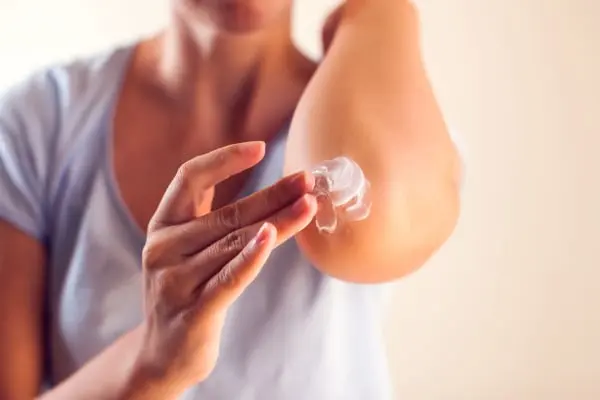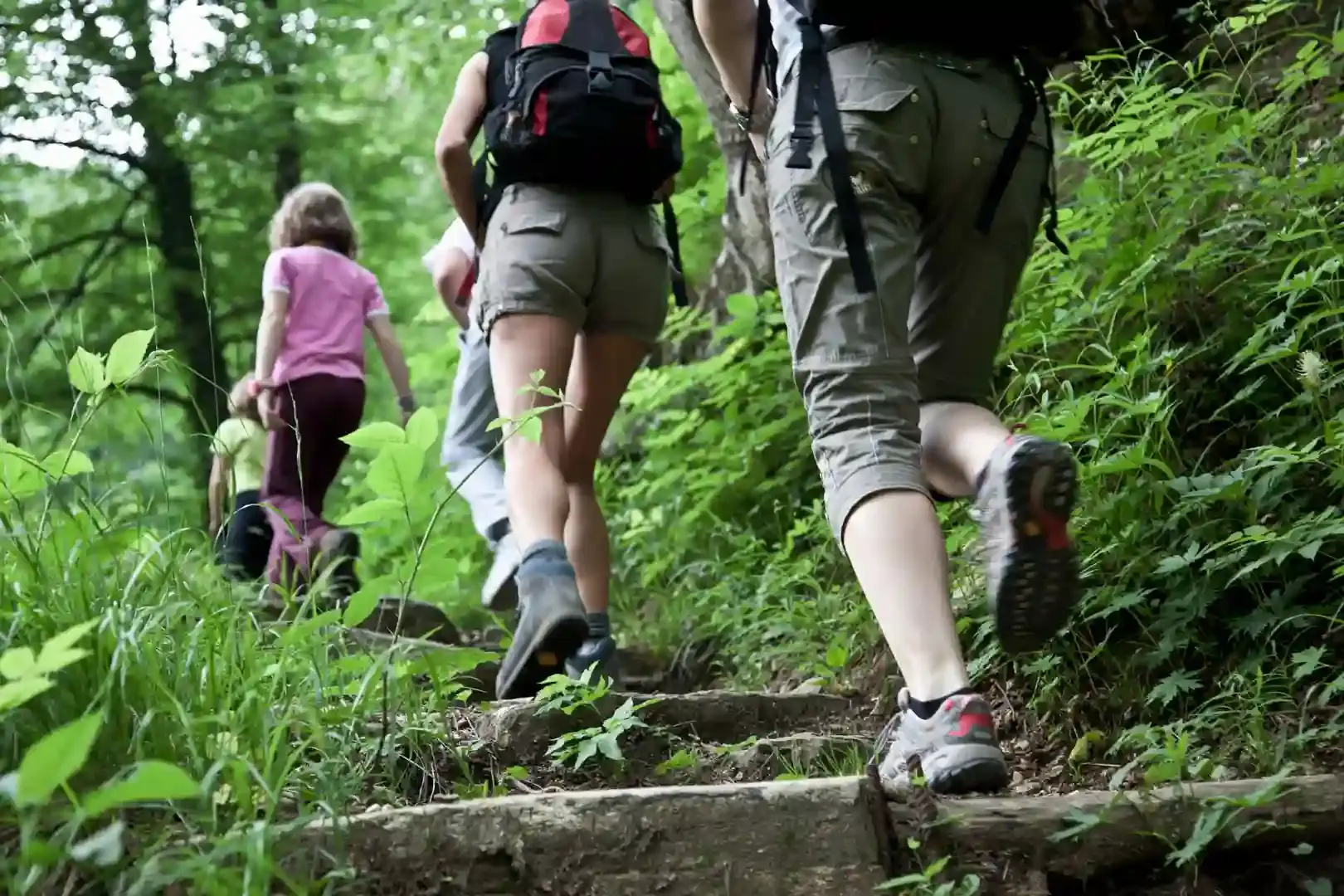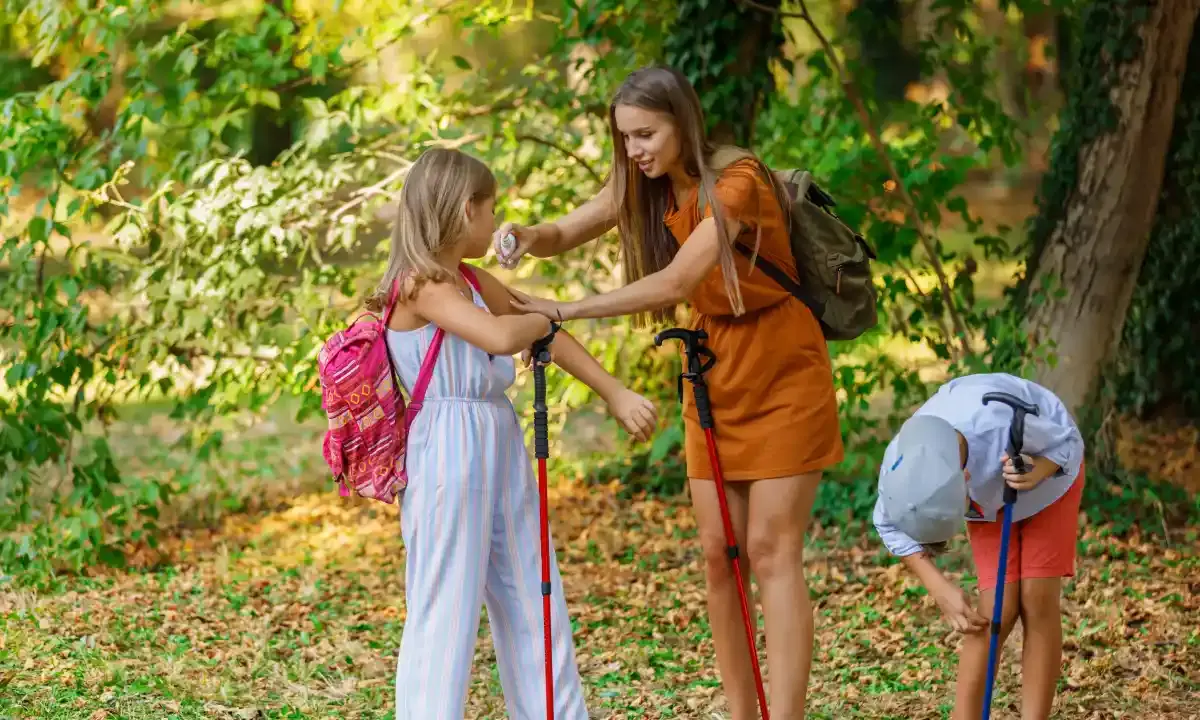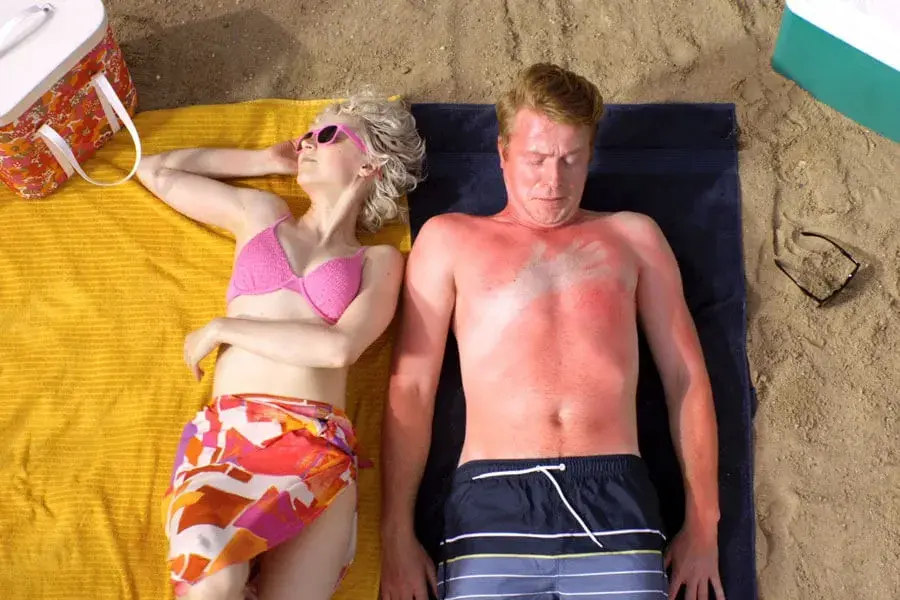While scratching might temporarily ease itching symptoms, it can also cause further irritation, or worse, infection. And no amount of scratching will stop the itch from returning, and the itch-scratch cycle begins again.
So, how do you stop this cycle? BENADRYL® can provide soothing relief when you need it most. We’ve also included some tips and tricks that you can try at home to alleviate those itchy skin symptoms.
Why Do We Scratch?
Itching is a natural response that our body makes to help protect us from dangers like parasites and insects.1 The sensation of itching skin is usually caused by something brushing up against the hairs on the skin. In turn, this triggers an automatic response to move our hands to the area that itches. This response could also scare away a pesky mosquito or other pests.
Common Causes of Itchy Skin
Some of the more common itchy skin causes you may come across include the outdoors, wounds, and sunburn.
Be sure to check with your doctor if you develop symptoms beyond itching, such as a fever, joint pain, or swelling. These symptoms may be a sign of something more serious, such as an infection.

Outdoor Itches
While we love fresh air, the great outdoors may not always be so great. Insect bites and skin rashes can put a damper on any day, leaving you with burning and itching skin.
Insect bites, especially from mosquitos, typically leave behind itchy bumps on your skin that last for a few days. When a mosquito bites, it inserts the tip of its mouth into the skin to reach small blood vessels. It then injects its saliva, which contains chemicals that help prevent blood from clotting. These chemicals are recognized by your immune system as foreign, which leads to redness, itching, and swelling.3
Plants like poison ivy, oak, and sumac can also cause itchy skin, putting a damper on any fun day outdoors. These plants grow in almost every state in the U.S., so be sure to keep an eye out for them and remember this phrase: “leaves of three, leave them be.”4 Keep in mind that poison plants such as poison ivy take many shapes and not all poisonous leaves look exactly the same.
The leaves of poison ivy, oak, and sumac contain urushiol — an oil that causes many people to have an allergic reaction and rash. Brushing up against one of these plants and getting the oil on your skin can lead to an intensely itchy, red rash that may form blisters.4
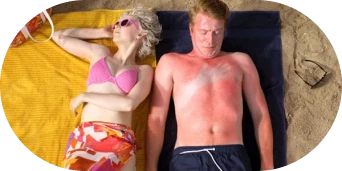
Sunburn Itches
Sunburn itch deserves its own category as you can feel pain, discomfort, and unbearable itching while the sunburned skin tries to recover and heal. This is because sunburn is the result of skin cells being damaged by ultraviolet (UV) radiation from the sun.6
A few days after the initial burn, the top layer of your skin may start to peel away — this is your body’s way of shedding the damaged skin to be replaced by healthy skin underneath. During this healing process, you may develop an itchy sun rash, potentially along with pain, tenderness, and swelling.6
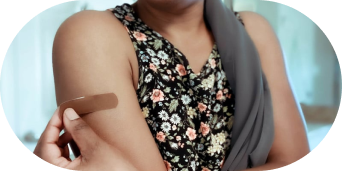
Wound-Related Itches
If your skin is itching as part of its normal healing process, the urge to scratch the affected area can be overpowering. This is because the nerves under your skin cells react to specialized chemicals released by the body during the healing process. Scabs and the newly formed skin underneath can also trigger these nerves, sending itchy signals to the brain that must be scratched.3
Wound-related itches can be caused by:
Minor burns
Scrapes
Cuts
Skin irritations
To allow the skin to properly heal, it is best to avoid itching at all costs. Itching and picking at scabs can tear the newly formed skin cells underneath, leading to longer healing times and, potentially, scarring.5
Home Remedies for Itchy Skin
Along with using BENADRYL® products, try these at-home remedies for alleviating itchy skin.
To treat poison ivy, oak, and sumac rashes, try taking short baths with lukewarm water. You can also use colloidal oatmeal or baking soda to soothe the skin. Applying cold compresses made from a washcloth dipped in cold water can help alleviate itchiness temporarily.4
If you have minor scrapes and cuts, be sure to wash the affected area well with soap and warm water, then apply a bandage to keep it clean. Along with BENADRYL® products to stop itchiness, you can use petroleum jelly to keep the wound moisturized to help along the healing process.7
For sunburns, cool showers or baths can help relieve pain — after getting out, use a moisturizer that contains soy or aloe vera to help soothe the skin.
See some itchy skin prevention tips here.
Stop the Itch With BENADRYL®
If you’re itching for relief, BENADRYL® offers different topical formations to soothe the skin and break the itch/scratch cycle. Whether you’re looking for relief from insect & bug bites, sunburn, scrapes, minor skin irritations and burns, or rashes caused by poison ivy, poison oak, and sumac, BENADRYL® can help:
Original Strength BENADRYL® Itch Stopping Cream: Stop the itch with this histamine-blocking cream
Extra Strength BENADRYL® Itch Stopping Cream: Get extra-strength relief from itchy skin with this antihistamine cream
BENADRYL® Extra Strength Spray: Spray the itch away as soon as it starts with this antihistamine spray
BENADRYL® Extra Strength Itch Relief Stick: Apply this stick directly to bug bites for quick relief from itching and pain
BENADRYL® Itch Stopping Gel Extra Strength: Get, cooling relief with this pain- and itch-relieving gel
References
Dempsey-Jones, H. What makes us scratch an itch? Scientists finally have the answer. University of Oxford. Accessed from: https://www.ox.ac.uk/research/what-makes-us-scratch-itch-scientists-finally-have-answer
Bourane, S. et al. Gate control of mechanical itch by a subpopulation of spinal cord interneurons. Science. 2015;350(6260):550-554.
American Academy of Allergy Asthma & Immunology. Take a Bite Out of Mosquito Stings. September 28, 2020. Accessed from: https://www.aaaai.org/Tools-for-the-Public/Conditions-Library/Allergies/taking-a-bite-out-of-mosquitoes
American Academy of Dermatology Association. Poison Ivy, Oak and Sumac. Accessed from: https://www.aad.org/public/everyday-care/itchy-skin/poison-ivy
Wound Care Society. Why does a would itch when it heals? September 30, 2015. Accessed from: https://woundcaresociety.org/why-does-a-wound-itch-when-it-heals
Mayo Clinic. Sunburn. July 17, 2020. Accessed from: https://www.mayoclinic.org/diseases-conditions/sunburn/symptoms-causes/syc-20355922
American Academy of Dermatology Association. How To Treat Minor Cuts. February 11, 2022. Accessed from: https://www.aad.org/public/everyday-care/injured-skin/burns/treat-minor-cuts
American Academy of Dermatology Association. How To Treat Sunburn. Accessed from: https://www.aad.org/public/everyday-care/injured-skin/burns/treat-sunburn
